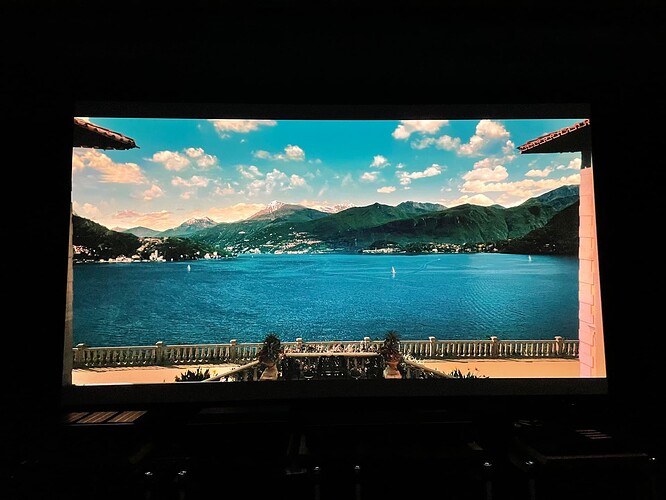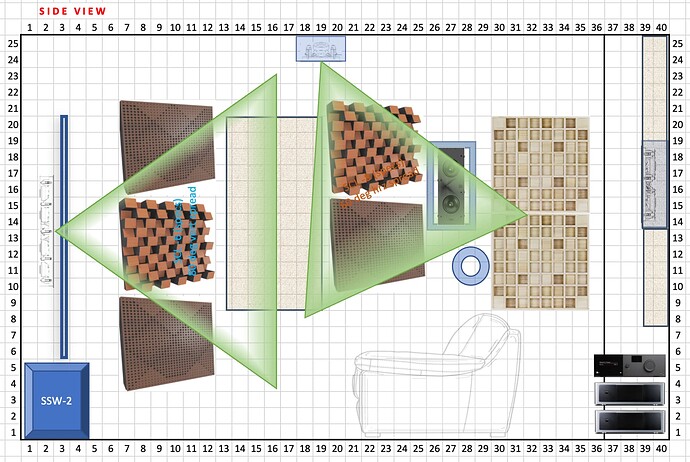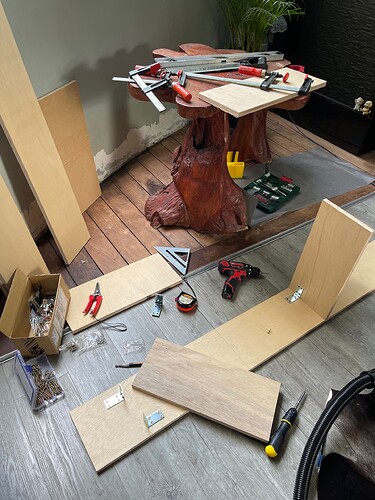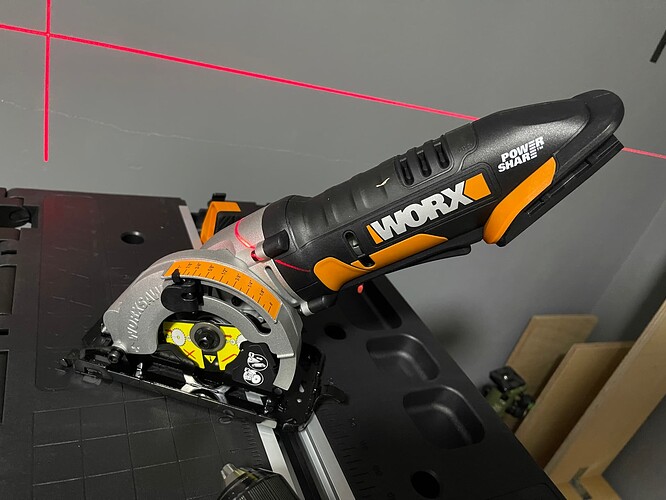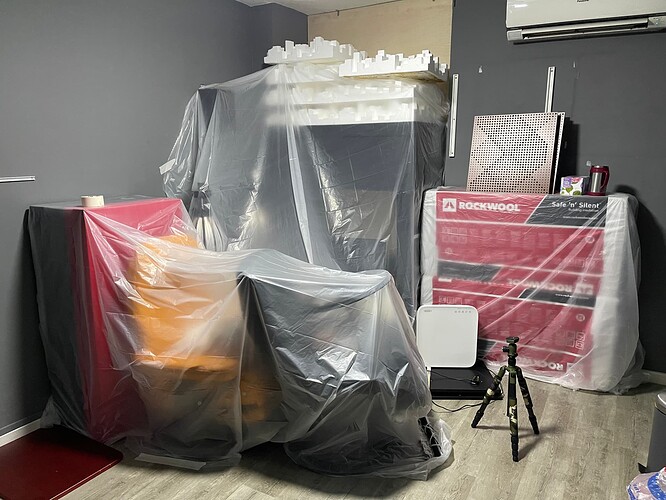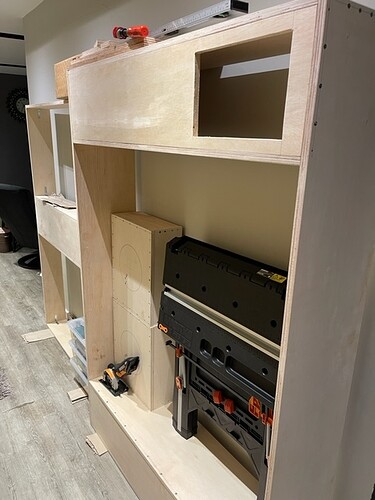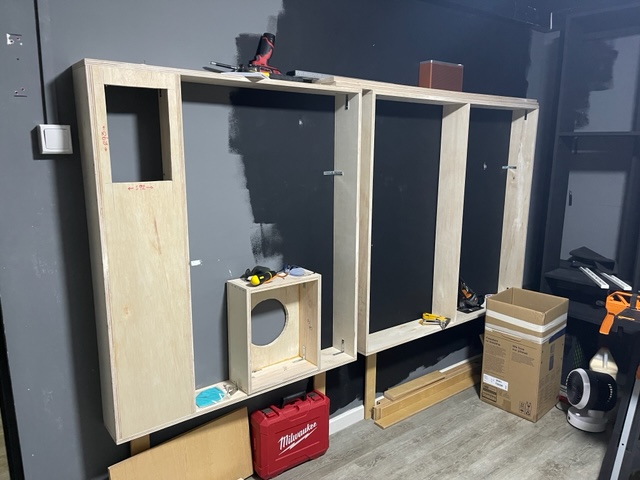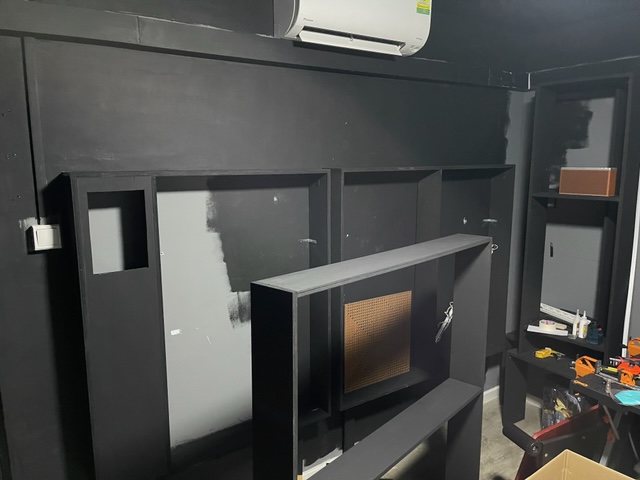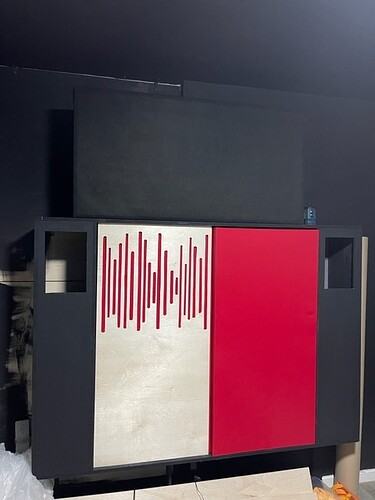Let me articulate the reasons on what I meant by efficient. And why I think those foam based absorbers are inefficient. This is important, as I’m very sure it brings more harm than good to any set up
For the benefit of anyone who is interested in bringing the best out of their system, and precisely the reason I have mentioned that there are 1001 advises online, one really needs to be savvy and follow the right methodology. It’s also why we see there are so many internet doctors and some people actually fall for it, like the sad case of the lady who used ivermectin and landed in hospital. So in short, it’s important to find out and get the information and facts correct and to understand the fundamentals of acoustics
-
Efficiency. The first thing we need to understand is, these supposedly foam type of bass traps, are not really bass traps. They trap nothing down from 200hz. A quick test from rew and u can confirm this yourself . It not only doesn’t improve your frequency response , it will do absolutely nothing with decay times down Low frequencies. If you pull out the energy RT60 times, u will find it sucks away useful energy in the room.a guitar that sounds Dengggggggggg will suddenly sound deg, and the room will sound dead.
-
Pressure zones. Almost all problems in the room, are related to Low frequencies <<150hz, or below Schroeder frequencies in that given room. We cannot run away from this. The highest pressure zones in the room, are trihedral and dihedral sections of the room, this means the corners and the ceilings and side walls where 2 or 3 section meets. You will have tons of issues <150hz that you will need an effective bass trap at these locations . Don’t get confused with sound velocity, speed of sound. Sound pressure is different, it gets accumulated at corners of the room
-
Material used. Why foam is bad and exactly why i mentioned it is useless. The fundamentals to understand is air molecules vibration. If u are using a foam, there is no room for the air molecules to vibrate, instead porous absorbers like rockwool or mineral wool provides “breathing” space for these air molecules to vibrate against its fiber and in the process converting that energy to heat efficiently. Hence the use of the word” efficient. So is rockwool or mineral wool better than foam ? It mostly is. What most people don’t understand is that, it is not the density of the material that matters, it is the air flow resistivity that matters. Is a 20cm thick rockwool 100kg density better at Low end absorption or 20cm 60kg density being much more efficient? The latter is the answer, why ?because it allows for better air flow resistivity. That leads to the next point
-
Air flow resistivity. Why do you see people leaving an air gap behind their panels? This is precisely the reason. The size of the air gap should be exactly the size of the bass trap for it to be as efficient. So if your panels are 20cm thick, it is best to have a 20cm air gap behind it, that way, the Low end absorption is equal across the frequency band, but doubled its coefficient absorption rate. This is explained above in point 3, as the friction in air molecules against the fibers will convert it to heat. U get so save $$ because u don’t need to fill up that entire 20cm gap with rockwool again
-
Quantity matters. The bigger the room, the more is required and the higher the efficiency of the panels, the better. Is it enough to use 1 piece of efficient panel at the bottom trihedral corner ? A very efficient panel? The answer is no. You need to fill up the entire corner !! There is no two ways about it. In this case, both quality and quantity matters. U can fill up an entire room with the foam panels and u will find that it still does nothing treating the Low end. So imagine, how important it is to get an efficient panel, and in quantity , because once u fill up the corners with inefficient panels, u no longer have space to use an effective panel at that spot.
-
An effective panel. What makes an effective panel u ask? The answer is one that is built to have good air flow resistivity. Foam based absorbers don’t have good air flow resistivity, hence rendering it inefficient for use as bass traps. It cannot be even classified as a bass trap. A layer a limp mass membrane in front of the porous absorbers, wrapped with acoustic fabric, helps a great deal with Low frequencies absorption. If u add a 6mm BAD like panel in front, it not only deflects mid high frequencies, it also increases the absorption co-efficient, so the porous absorbers/rockwool behind, works harder with absorption . The layer of thin ply, also works as a “Pressure Plate” to further break down the pressure. The 3rd benefit is then it lowers the noise floor. In layman terms, let’s see this diagram
See the logic behind. This is without scatter plate, and with air gap. The frequency, hits the rockwool, slows down, then hits the wall, reflect back, hits the rockwool again then comes out. By the time it goes through this process, that energy is converted to heat. The energy decays faster because it no longer lingers and bounces around in the room. The decay is faster because there is an air gap and the air velocity is moving twice towards the rockwool , first hit slow, second hit, reflect and slow down further
When the BAD( Binary Amplitude Diffusor) is front , see what happens above
The BAD ply in front now, breaks this up, scatters it so the rockwool has more surface area to cover, that means your rockwool 120cm x 60 cm panel, is now working harder, its covering more surface area after this break up. The Low frequencies still go through, due to its long wavelength, but now the game changing thing is the “break up”, the panels are effectively working harder now. The results are tight midbass and upper bass. Very controlled midbass
Most qualified experienced acousticians understand this.but , dont just blindly follow my advise as well, do some research yourself and you will find everything I have mentioned above makes sense. This is how I improve my set up over time, whenever I experience improvement , I execute. So what is equally important, is to be able to execute it. No use if you have planned everything and know what to do but in the end due to WAF not able to execute anything. This is one difficulty many face, another is $$. Most not willing to spend $$ on acoustics. That’s the problem and they are contented with some foam hanging around in the room and claiming it be effective. Nothing wrong because that is their room and as long as one one is able to satisfy themselves believing it to be effective , that is perfectly fine. But for the minor few who are all out to improve the set up, this might interest you.




